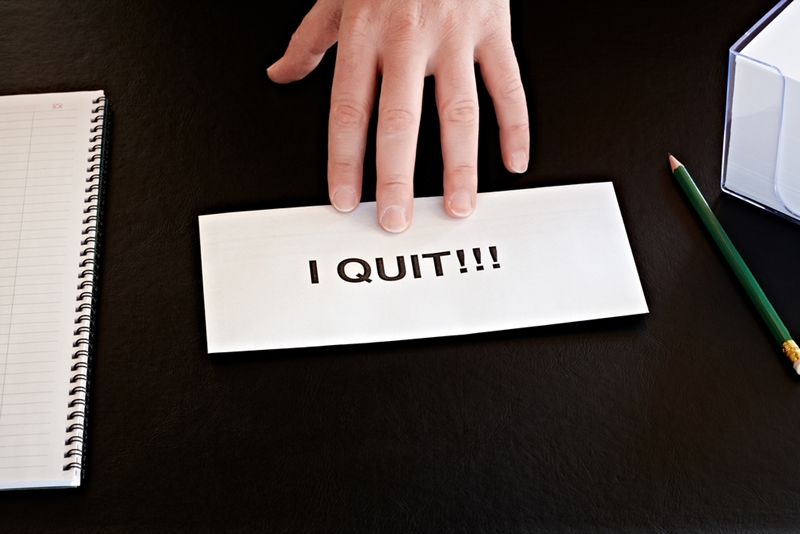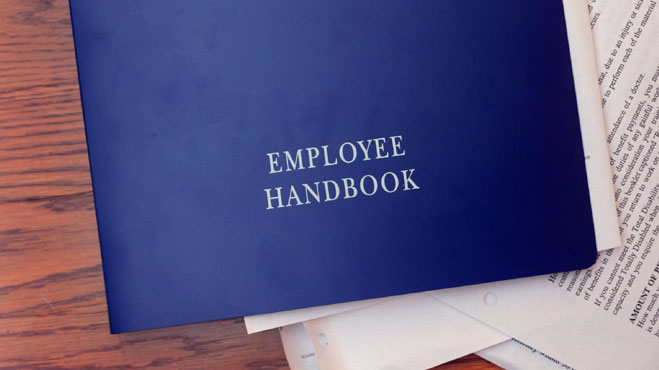How to write the perfect resignation letter and keep hold of key relationships
Thinking about a new job? The average person spends less than 5 years in a job, with an expectation of changing roles around 12 times in a lifetime, according to a range of sources.
If you are looking to leave, you may feel that you don't want to hold on to your network. However, in virtually every situation, it is important to retain the goodwill when you break up with your employer.
A messy departure risks burning bridges with your colleagues and superiors, but it can also damage your reputation in the job market. Your job will more than likely be featuring on your resume, so as your last place of employment, chances are that through reference and background checks, potential employers will be questioning your ex-managers.
Even though the relationship could easily go sour, one of the best ways to ensure that you preserve any mutual respect is through a thoughtful and carefully composed resignation letter. So what do you need to know to make sure your confirmation of stepping down doesn't disadvantage your future job prospects?

Why it is important to actually deliver a letter
A resignation letter should always be printed out and formatted. Just look at a small study by Dr Simon Moore, psychologist at the British Psychological Society.
Written text was significantly more engaging, impactful and personable than email.
Dr Moore found that written text was significantly more engaging, impactful and personable than email. In fact, 95 per cent of the respondents stated that letters were "more real" than emails, perceiving the messages to be both more believable and honest. Across the board, letter recipients felt more appreciated, respected, and valued. But one of the most relevant findings to resignation was that email recipients were more likely to develop a negative view of the sender.
So while it may be tempting to just send an email out of spite, habit or convenience, the positive psychological impact that letters can have on the recipients make them a must when announcing your resignation. Never succumb to sending an email in order to maintain a positive relationship with your employer.
What to include in your resignation letter
In your letter, there are a few essentials to include:
- Your managers details
- Your intention to leave and where you may be going
- Your official last day of employment
To ensure a positive reception, however, a little more detail is required. Remember that this is not an opportunity for you to explain all of the details around why you are leaving. You must ensure you take a positive approach and be thankful and grateful for what your employment has given you. For instance, you can briefly refer to specific experiences, people or learning moments that you will take away from the employment, just make sure it is positive.

Be overtly considerate – even if you don't want to
Explicitly state that you want to make the transition as fluid as possible. Going over and above to help out your soon to be ex-employer is almost certain to stand you in good stead. Look at the recency bias. While it can be problematic in HR management, it is something that can be played to your advantage when resigning.
This phenomenon is very similar to the idea that time heals all wounds: We are more likely to make judgments based on things that happened recently rather than in the past. So if you can handle your resignation well, issues that may have led to your departure could be forgotten in light of your positive recent conduct.
Now you've got your resignation letter perfected you need to line up your next job. Our experienced permanent recruitment team has a firm focus on finding you a career and company in which you can flourish. By getting to know your wants and needs, we're sure that you'll find the perfect job.
Get in contact with Flexi Personnel today to see what could work for you.





